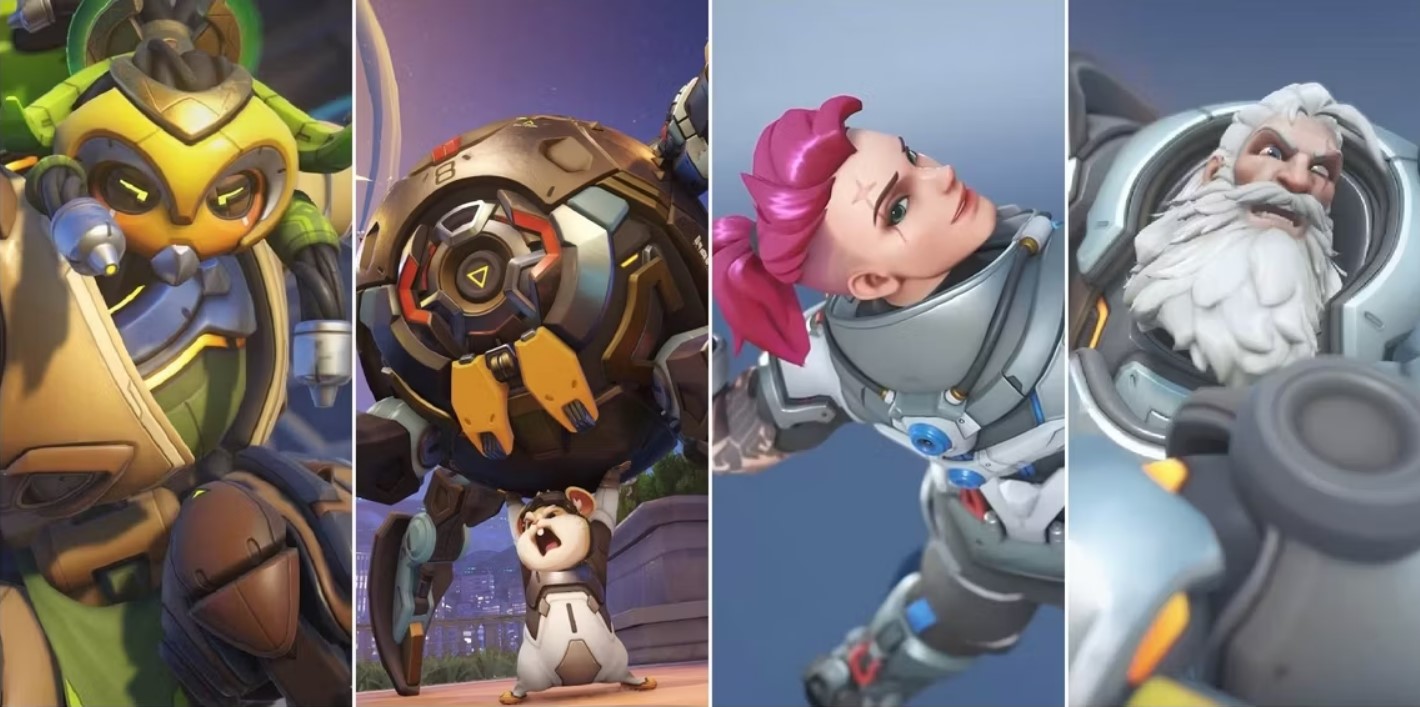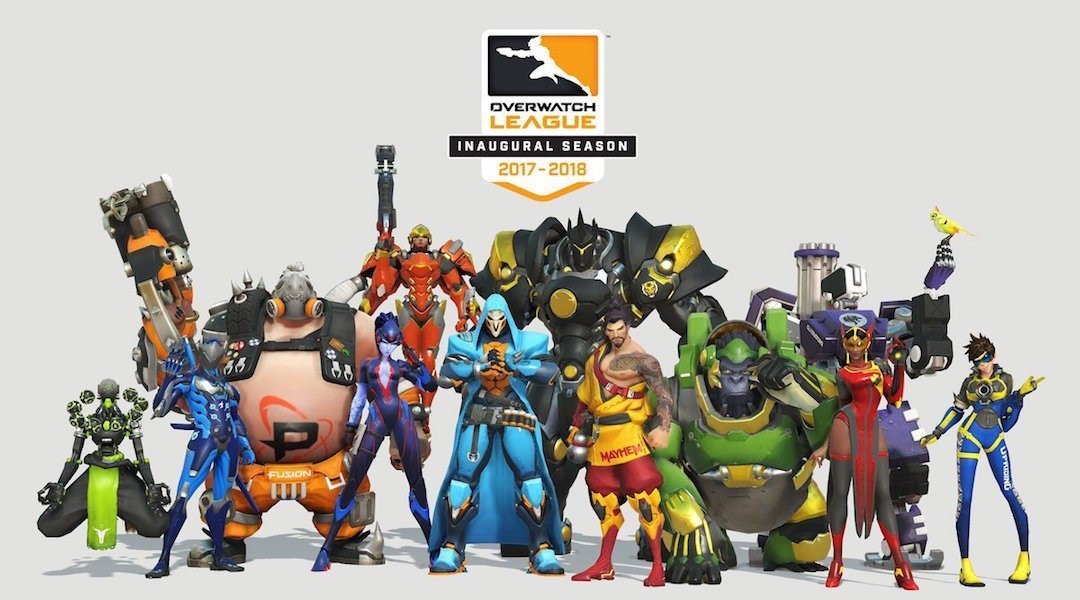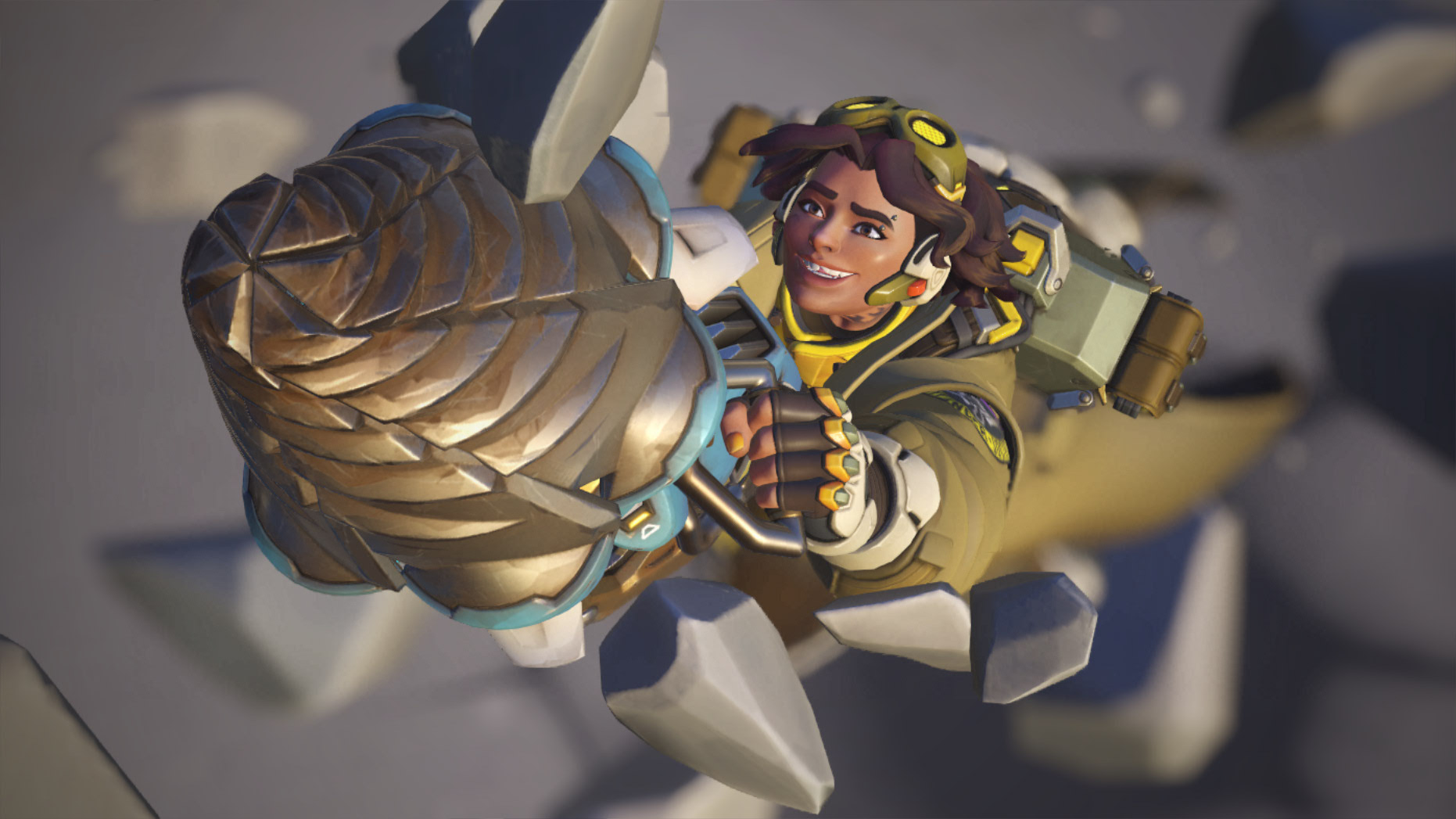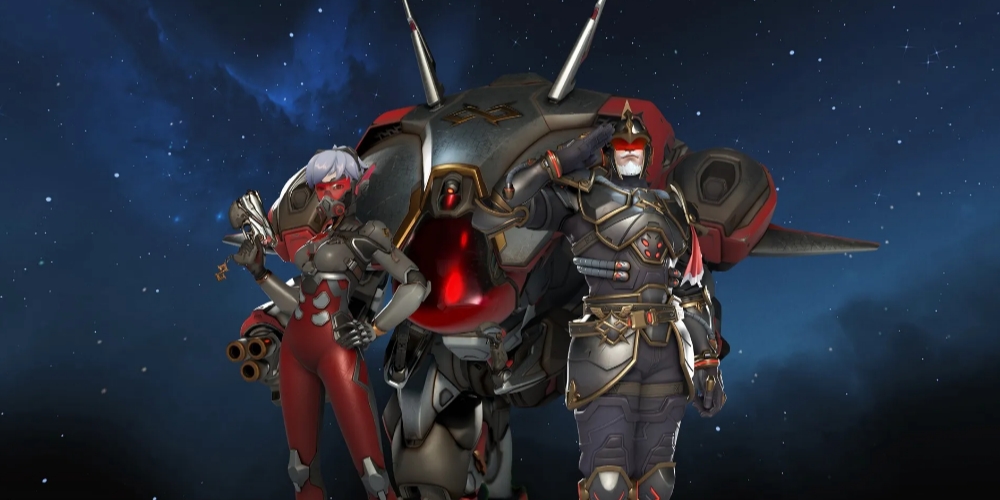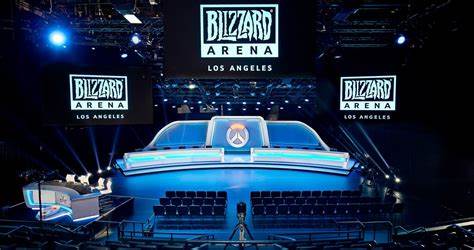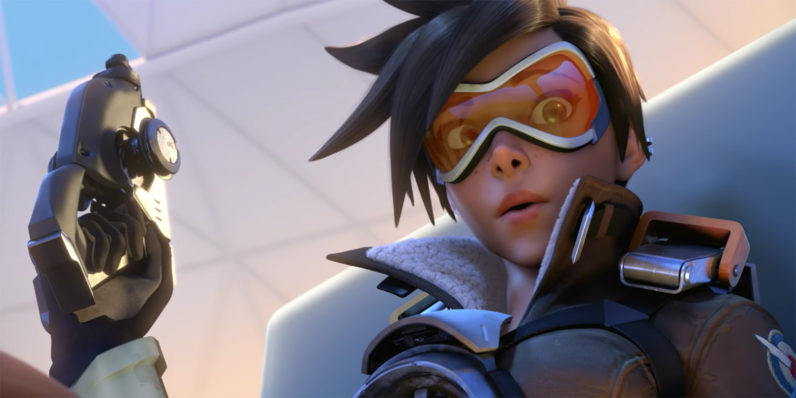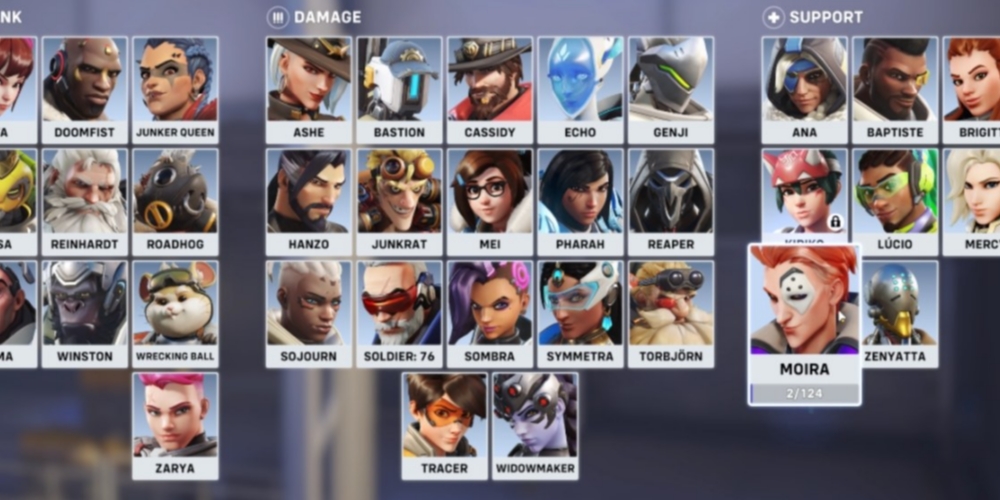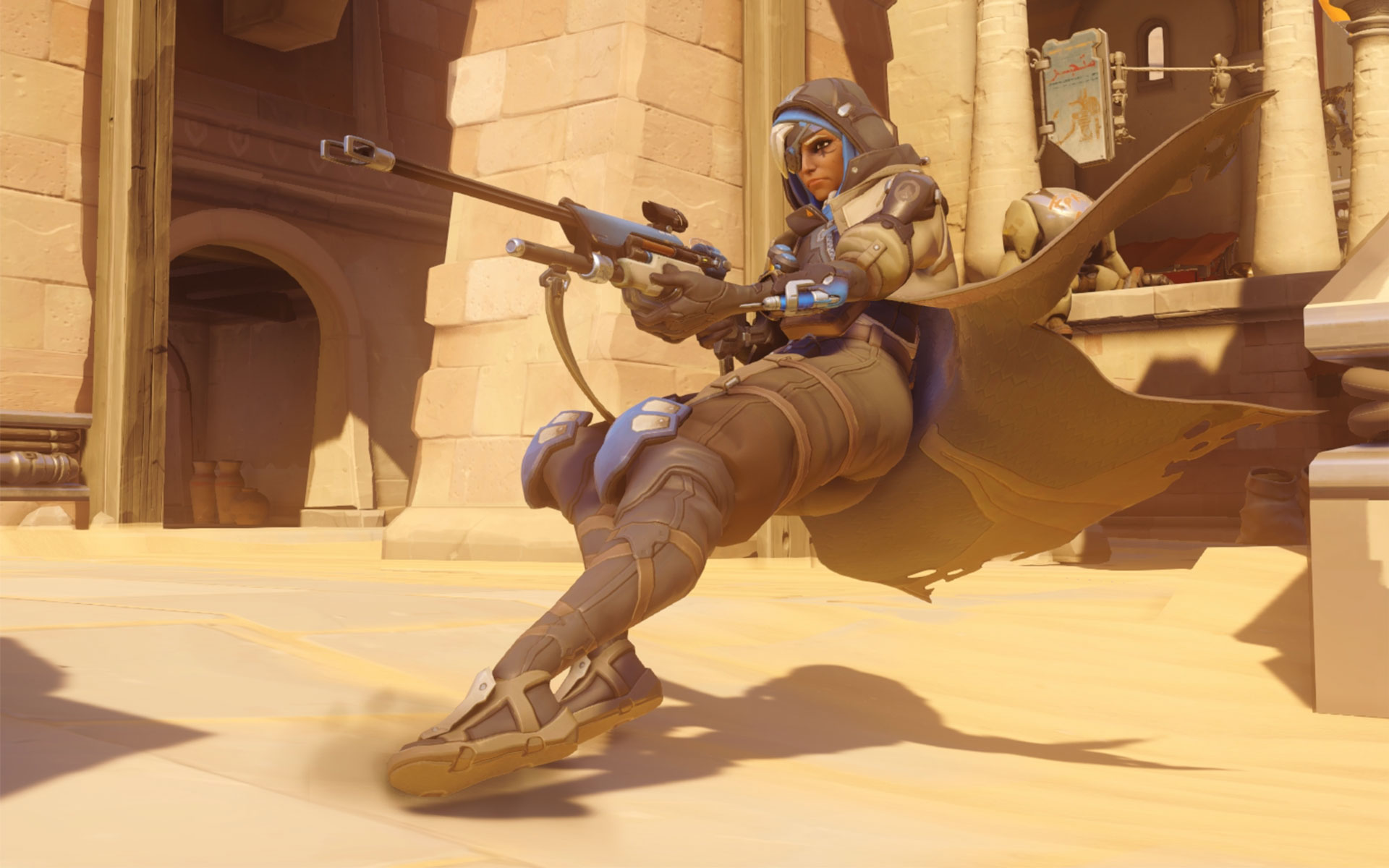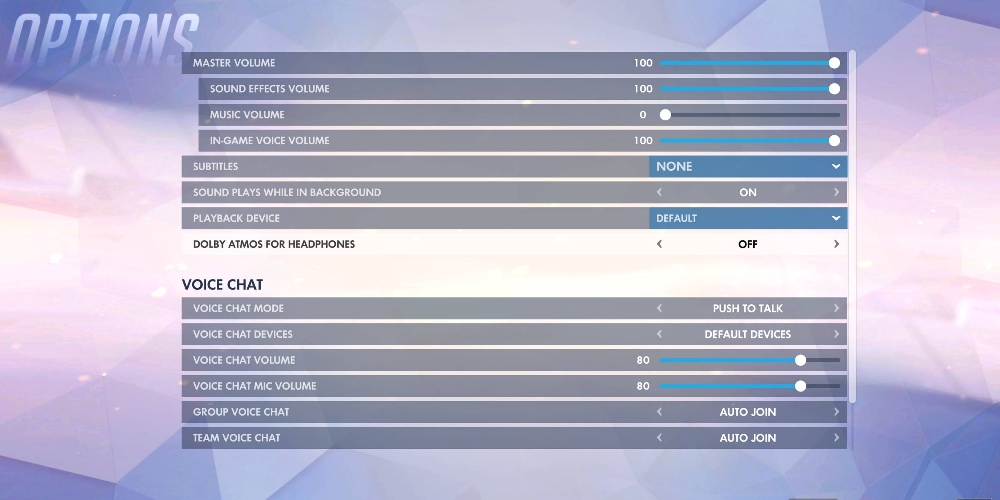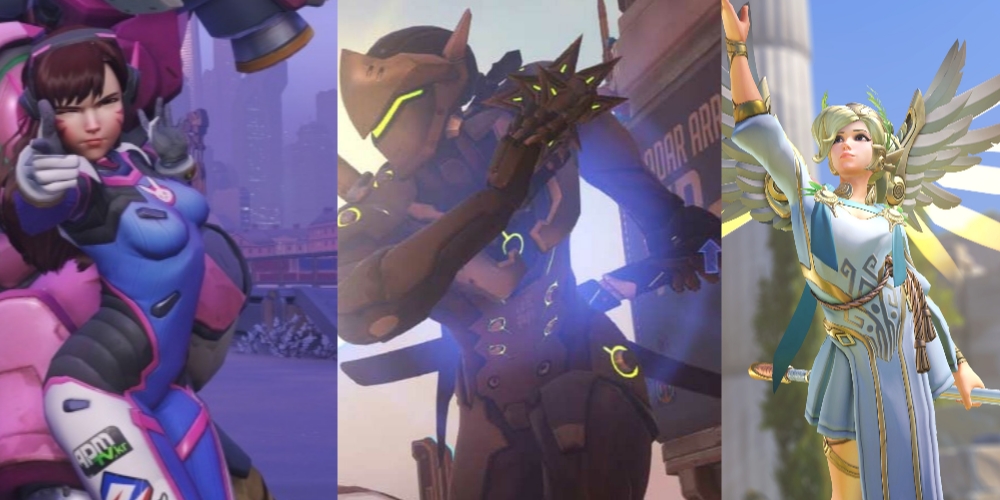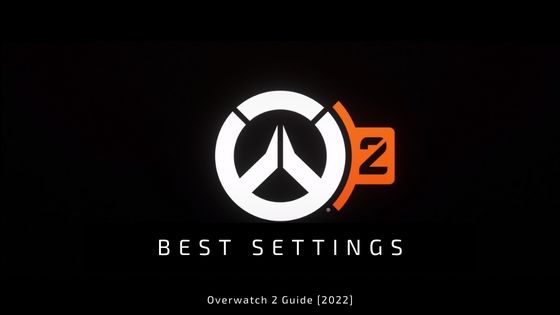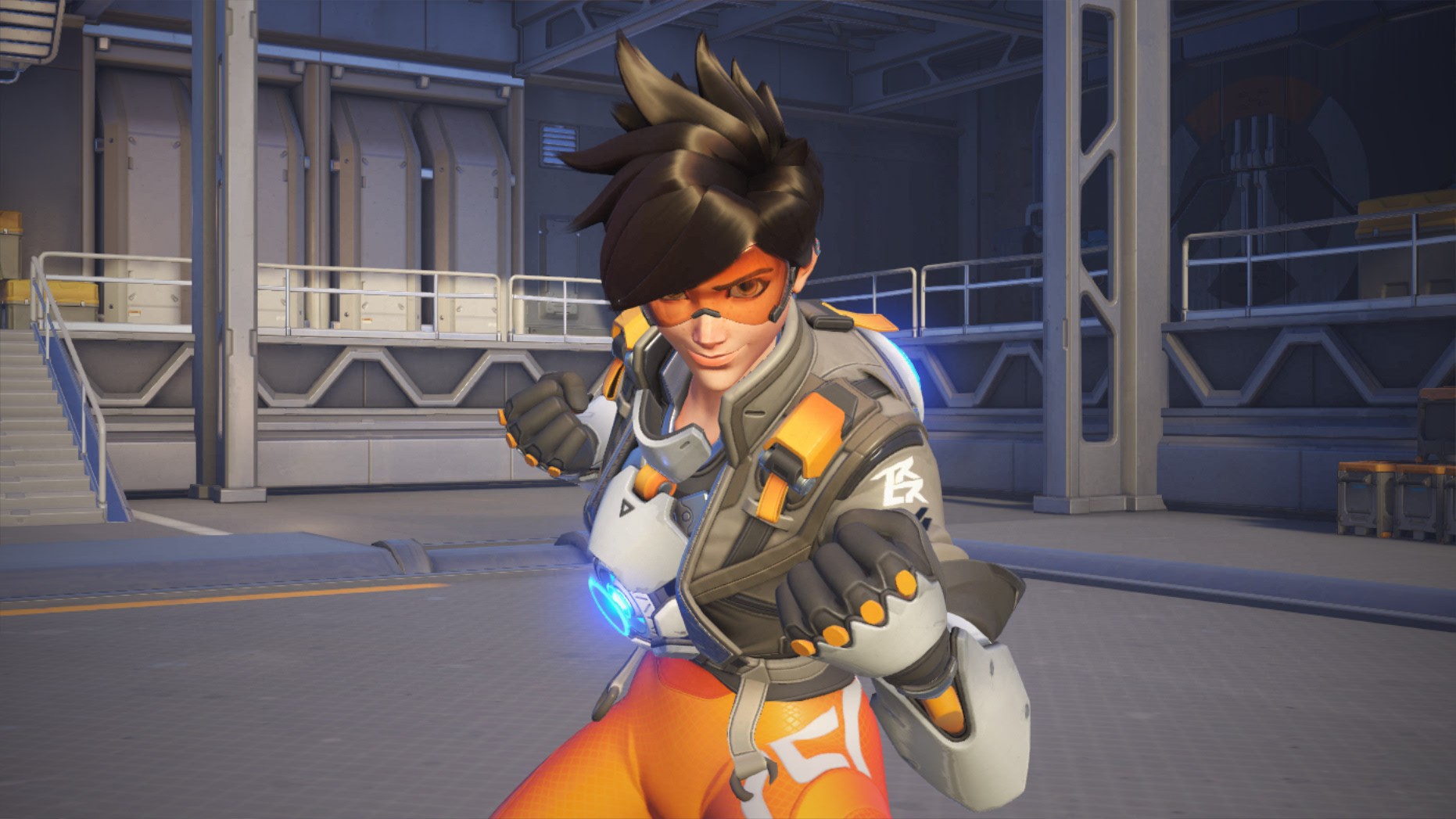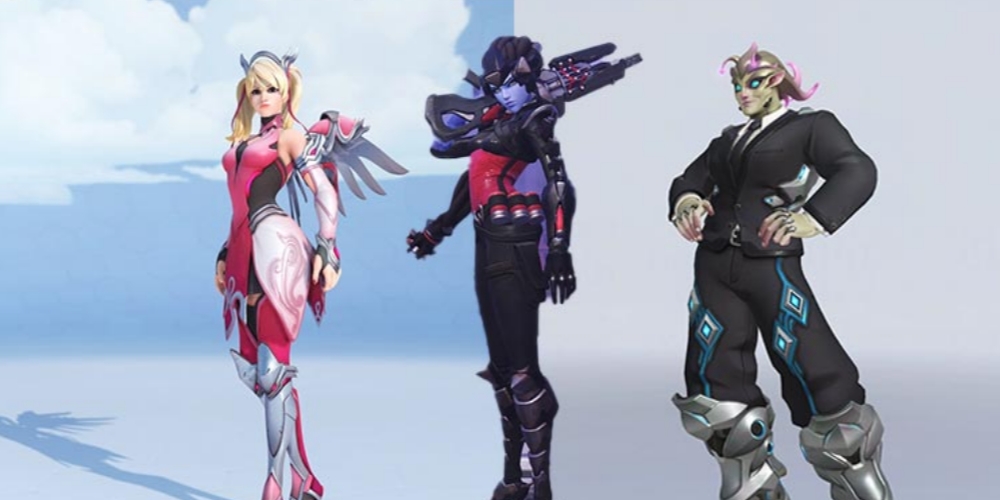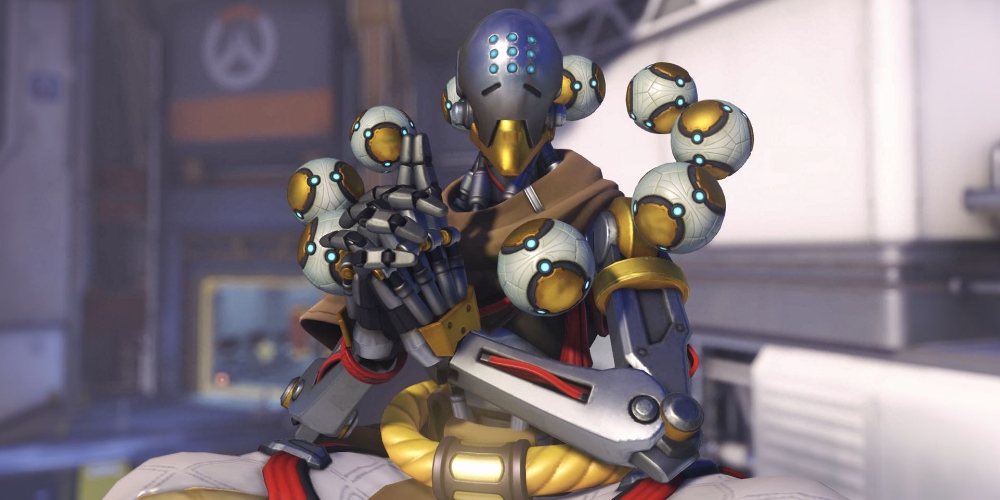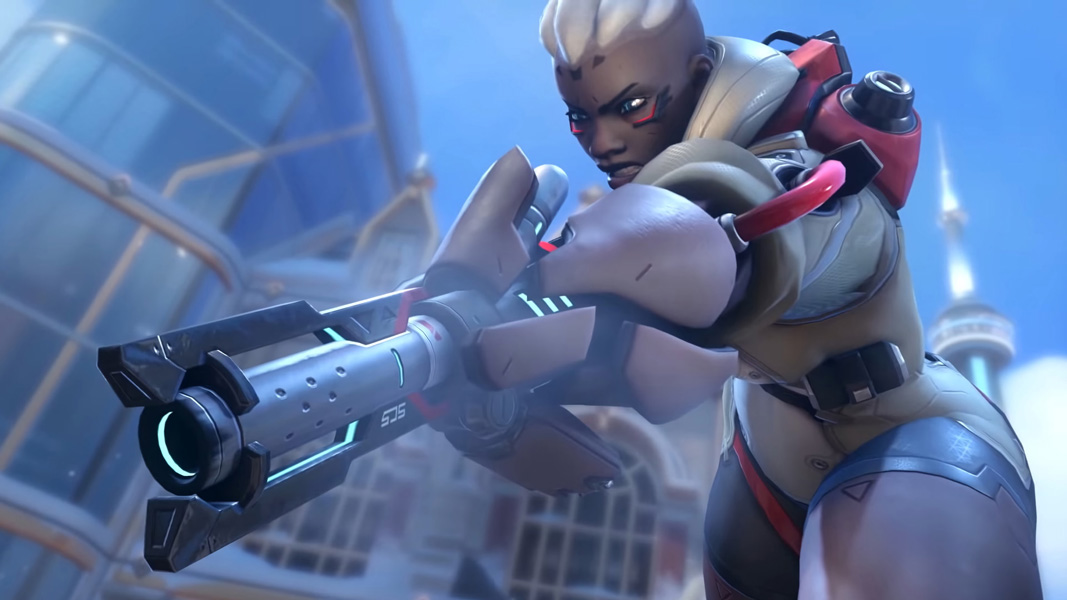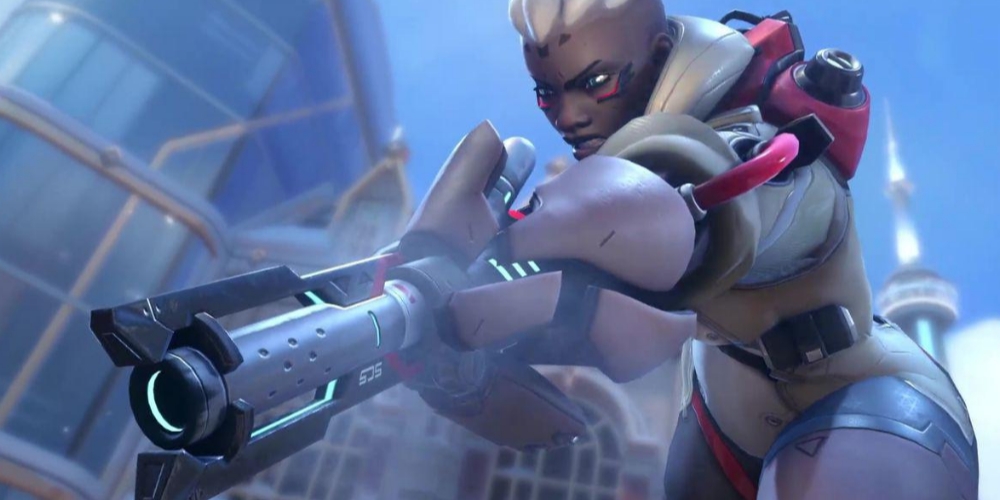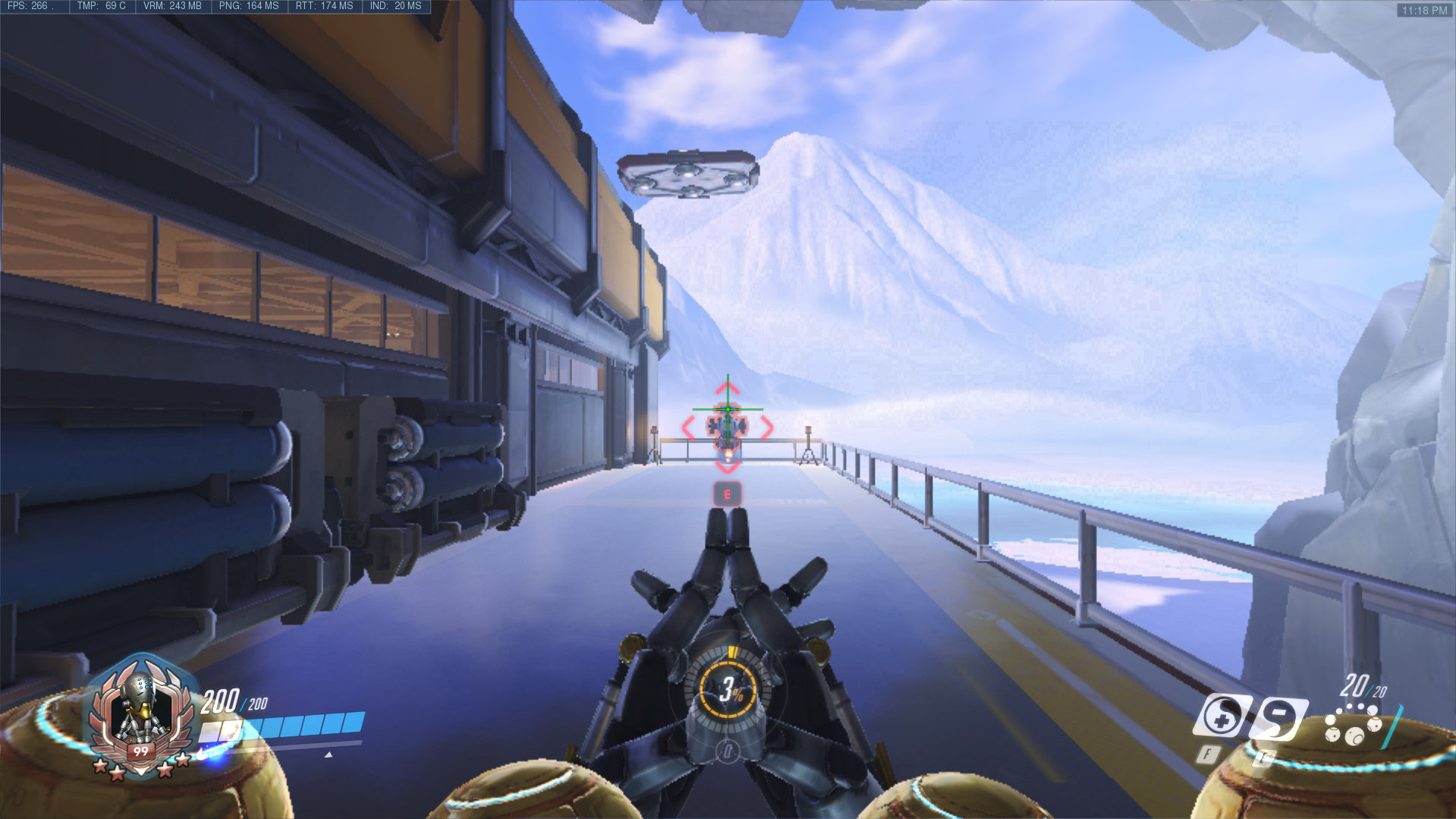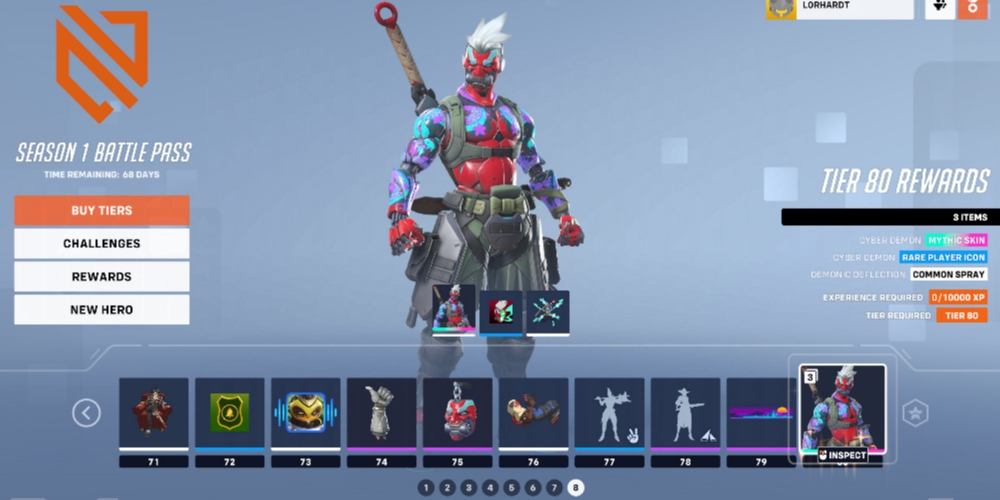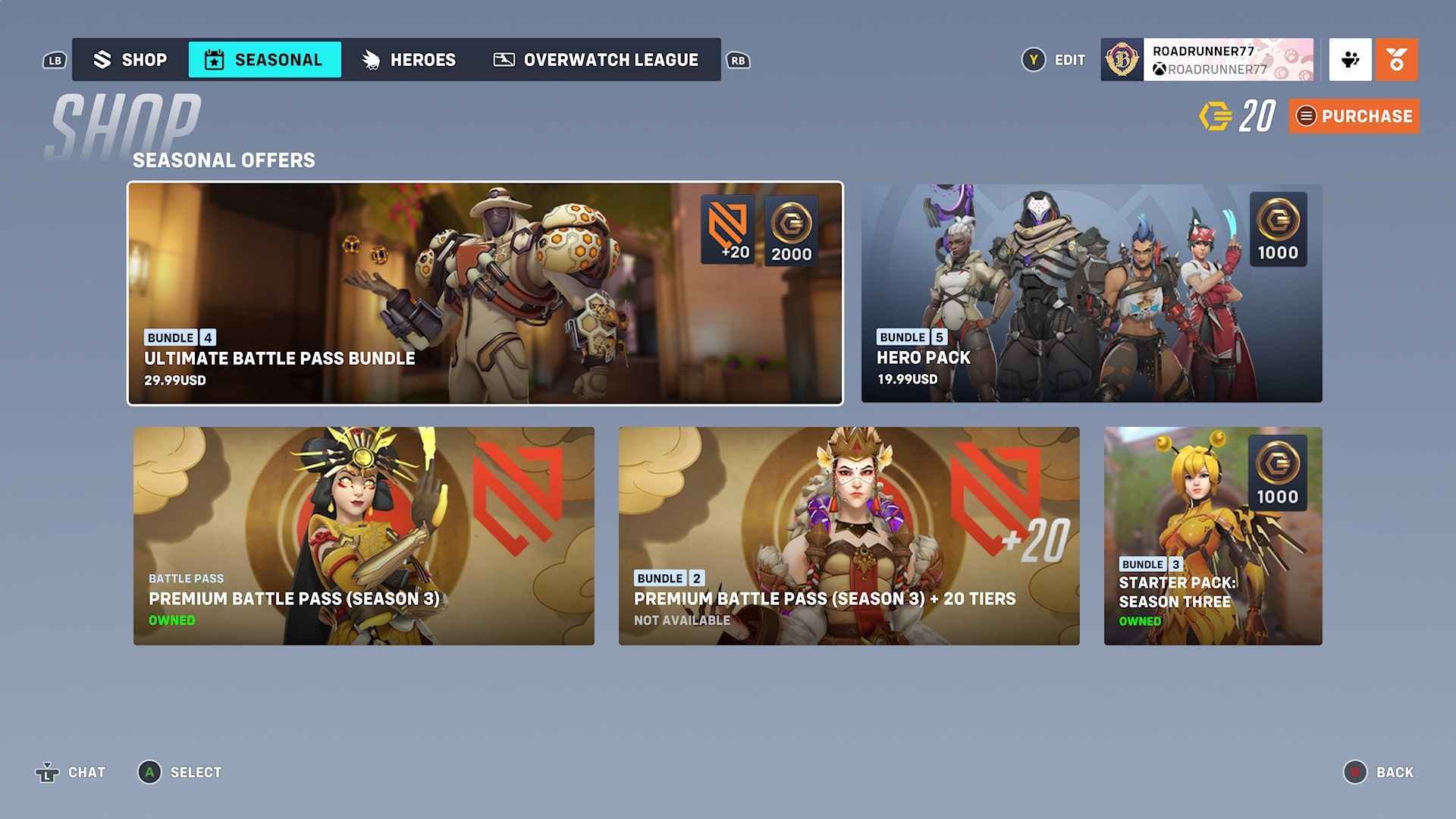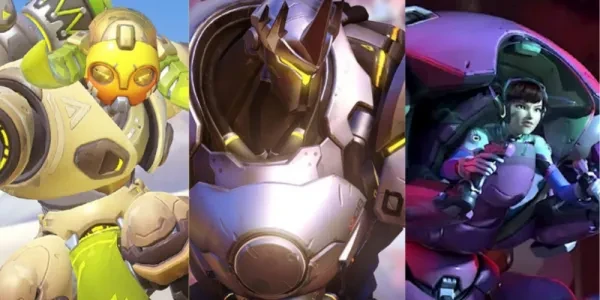
Why Tanks Are Important
Overwatch 2 saw the removal of one tank. Tanks have new rules since they are the only class without a partner. Your job as a tank is to take care of your team and hold the frontline. Now that Overwatch has a new format, how do you do that?
15. Instruct Your DPS
There is a common misconception in Overwatch 2 that tanks need to peel to protect their supports. This was the case in the first Overwatch, but in Overwatch 2, there is only one tank, therefore only one person who is holding the frontline. Meanwhile, there are two DPS holding the midline.
Picture a chart of an Overwatch game. You have the one tank in front, the two DPS in the middle, and the two supports in the back. If the tank moves from the front to the back, the DPS is suddenly left holding the frontline. DPS were not made to hold the frontline, meaning they’re going to die.
Back in Overwatch 1, if one tank went to peel for the supports, it was fine since another tank was there to hold the frontline. Nowadays, that can’t happen. As a tank, you need to instruct one of your DPS to peel back and protect the backline. You can last a few moments without a second person in your midline, but you can’t last without a frontline.
The frontline is vital to your team’s success. You, as a tank, are holding the line and taking damage for the team. You’re the team leader, in a way. You control the pushes and initiate the fight. Without the frontline, your pushes won’t be successful. When playing tank, make sure you stay in the frontline and instruct your DPS so they know how to help you.
14. Keep Track Of Your DPS
Similar to the last tip, you have to keep track of your DPS in order to instruct them. If you’re leading the charge, as you should be, you need your whole team with you. Your charge means nothing if you’re going in alone against an entire enemy team.
It’s easy to keep track of your DPS before a fight, but during a fight, it gets a bit trickier. Make sure all five of you are pushing in the same direction, or at least close together. If you have a Widowmaker or Soldier, make sure they’re in their chosen positions before you push in.
Once you know where your DPS are, you can push in and direct them. If you don’t know where your DPS are, you should stay back until you find out. The last thing you need are unnecessary risks.
13. Don’t Forget You Do Damage Too
As a tank, it’s easy to worry about your MIT stat more than your DMG stat. However, both are important. All tanks do plenty of damage that you should capitalize on. In many cases, you can forego blocking damage in order to deal with it. If the enemies are low on health, feel free to focus on damage instead of protection.
It’s just like how support players have to focus on utility rather than just healing. You, as a tank, have to focus on doing damage as well as blocking. The more you do for your team, the better of a tank player you’ll become.
If you’re worried about how much damage you’re doing, consider switching off the main tanks and trying an off-tank. The off-tanks are: Sigma, D.Va, Roadhog, and Zarya. Some consider Doomfist an off-tank as well.
12. Create Space
The biggest job for a tank is creating space for your team. Draw enemies away from your DPS, giving them space to eliminate the opposing team. The more space you create, the more likely your DPS will have the time and freedom to secure essential kills.
If you and your team are trapped in a small area, they won’t have much room to work with. That’s why you need to create space. Tanks have a passive ability to reduce knockback effects. That means heroes like Lucio can’t knock you back as far as supports and DPS. Take advantage of that ability.
Without fearing getting knocked back, lead the charge and create space. Heroes like Orisa and D.Va can create space thanks to their kits. Orisa has a javelin she can spin and throw to knock back enemies. D.Va has boosters and a defense matrix to protect herself if she goes too far.
11. Don’t Hide
This tip may sound simple, but many tank players don’t realize they’re hiding. Reinhardt players frequently hide for a high-risk, low-reward charge. Most Reinhardt players do this on defense, so if they die, they have a long walk back. If they kill an enemy, they come back immediately since their spawn is right there. In the long run, hiding for a charge is not the best idea since you’re leaving your team without a frontline.
However, Reinhardt is not the only tank guilty of this. D.Va players will also flee to find cover for a large bomb. There’s one issue with that: your team can’t push in without you. Without them pushing in, it’s difficult for a D.Va to land a solid bomb since the enemy will be more focused on the bomb than your team.
Every tank is guilty of hiding certain things. While there are some cases where hiding could be a good strategy, try to limit it as much as possible. You’re a tank, not a flanker. There’s no need to hide while your team is taking damage.
10. Use Your Environment
The environment you’re playing in gives you a huge advantage if you decide to use it. As Orisa, you can knock people off the map. Be mindful of the ledges on the map and try to knock an enemy over them with her javelin. Reinhardt can also charge an enemy off the map.
Most tanks have the ability to knock an enemy off the map. By being aware of your environment, you’re creating more opportunities for unique kills and combat. Try obtaining high ground or going down a new choke you haven’t tried before. The only way you’ll become a better tank is if you experiment with your gameplay.
9. Pick Your Tank Wisely
Since there is only one tank in Overwatch 2, you need to make your selection wisely. Don’t play a tank that doesn’t match the rest of your team. Logically speaking, it doesn’t make sense to have four people switch to accommodate you. Instead, make the switch yourself and play with the rest of your team.
For example, if you’re playing a dive tank like Winston on a team with slow mobility, the odds are that it won’t work out too well. Your healers are left open since you aren’t nearby to block damage for them, and the DPS are too slow to help. That leaves you on your own.
Be mindful of the heroes your teammates are selecting and pick your tank based on that.
8. Game Sense
The best part about Overwatch 2 is that you don’t need to be an aim God to be good at it. Game sense is just as, if not more, important than aim. You can beat someone with skilled aim if you have better game sense than them. For example, if you’re playing against a good Widowmaker but know the map better than her, you can sneak up behind her and secure the kill in mere seconds.
Game sense is how you approach the game. If you have good game sense, you have a good sense of strategy for the game. Seeing as tanks need to position themselves well, having solid game sense will greatly help your performance as a tank.
You may be wondering how you can train for better game sense. There are many ways, actually. For starters, watching the pros gives you better game sense since you can watch what decisions they make in game. There are also countless Overwatch 2 breakdowns on YouTube you can watch to figure out exactly what steps you need to take to become a better tank.
7. Be Versatile
You are the only tank. Thanks to this, you need to know how to play most, if not all, of the tanks. You should have a basic understanding of how each tank works. This is where you can apply your game sense. Someone with good game sense knows the basics of how every tank hero works, and they can apply that to their in-game experience.
Don’t be a one-trick pony. There’s nothing wrong with having a main, but being a one-trick player will hurt you and your teammates. You need to know when to switch, or when to play someone who will have a greater impact on the game.
Practice your versatility in the practice range. Try out the new heroes and get a feel for their kits. After you think you have a decent understanding of them, get ready to try them out in real combat.
6. Know The Game Mode
This may seem self-explanatory, but you need to know the game mode you’re playing so you can better select your tank. Not every tank will work for every map and mode. For example, if you’re playing a payload map, you should play a more agile tank to keep up with the aggressive pace of the game.
On the other hand, there are modes like capture the flag and control. In this mode, you need a stronger tank who can hold their ground. In this case, Reinhardt or Orisa would be better.
Consider what mode you're in and what play style your tank has before selecting it. Is it more aggressive or slow? If it’s aggressive, choose more aggressive tanks. If it’s slow, choose tanks that can withstand a large beating.
5. Don’t Be Scared To Train
With most things, experience makes you better. If a new player battles an experienced player, the odds are that the experienced player will win. Don’t give up on yourself, no matter what your teammates may say.
It’s no secret that Overwatch 2 is extremely toxic. The chats are about as mature as your average Fortnite lobby, which leads to rather negative comments being thrown your way. Tanks are seen as having the biggest role in the game. If you lose, more often than not, your team will blame you, even if you performed the best.
It’s a phenomenon where DPS players in particular, but sometimes supports, will blame tanks for the loss. However, you can’t get better unless you train. Continue to play Quick Play and Arcade. Keep practicing in custom games and on the training range. At the end of the day, it’s just a game, so don’t be scared to train, and don’t let toxic people get to you.
4. Ping, Ping, Ping
As the frontline, you see where the enemies are better than your teammates. You have a ping for a reason. Don’t be scared to ping high-value targets. You can ping these targets to tell your team to focus on them, or you can ping them just to let them know where they are. For example, ping a flanking Roadhog so your DPS can peel and defend your supports.
Pinging is a useful mechanic that you shouldn’t let go to waste. Bind it to one of your keys and use it in battle. Don’t spam it unless it’s important, such as when an enemy Genji is about to dive in and ult. Keep an eye on the fight and look for enemies trying to flank. Ping them as much as you can so your DPS can deal with them.
3. Keep Your Deaths Low
All Overwatch classes should strive for low deaths, but tanks and supports especially need to focus on not dying. The more you die, the less pushing your team is doing. Without a DPS, you can still push. Without a tank, it becomes much harder.
You're on the frontline, meaning you control the flow of the combat. You can’t control it if you’re dead. Survivability is a must for any tank player. Sometimes, it’s really better to save yourself. If the fight is lost, back out. Disengage with whoever is left alive. Or, if the fight is over and you know you can’t get out, stop fighting and let the enemy kill you quickly.
To practice your survivability, work on knowing where the health packs on the maps are. That way, you can locate them and become more self-sufficient. You can also practice watching your health bar to make sure it never gets too low. Otherwise, you’ll have to back away to save your life.
2. Preparation
When playing a tank, most of your role is preparing for fights. You’re the one planning your course of attack. While waiting to respawn or for the game to start, you might be taking the time to prepare yourself for what’s to come. That’s a good habit to get into. Get yourself ready for the fight; the better prepared you are, the better you’ll perform.
To prepare, make sure you know who your team is. Which heroes are you playing with, and how can you help them make the most of their kits? After that, recognize the map you’re on and ask yourself how many different directions you can push from. From there, you’re ready for the fight since you’ll probably run out of time anyway.
1. Positioning
Positioning is a crucial feature in Overwatch. As a tank, positioning is even more crucial for you. Supports and tanks have the most to worry about in terms of positioning. If they’re out of position, they die. Unless a miracle happens, you’re most likely going down the second you get out of position. Enemies love to capitalize on your mistakes. Don’t give them the chance to.
Tank players need to keep their positioning consistent. Although this may sound strange, keeping your positioning consistent works better for your team. Yes, you want to confuse the enemy and make it harder for them to predict you, but that means nothing if your team can’t predict you either.
Let your team know before you make any drastic changes to your positioning. Otherwise, you’re leaving them and yourself vulnerable to attacks.
You May Also Be Interested In:
[Top 10] Best Overwatch DPS For Beginners
[Top 10] Best Overwatch Heroes For Competitive Play
Overwatch DPS Tier List [Overwatch Best And Worst DPS Revealed]
[Top 5] Overwatch Best Heroes For Solo Carry
[Top 10] Best Overwatch Heroes For Beginners That Are Powerful

